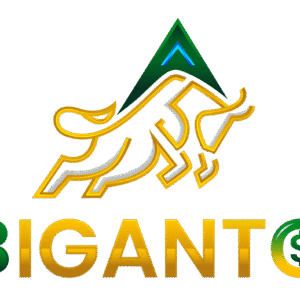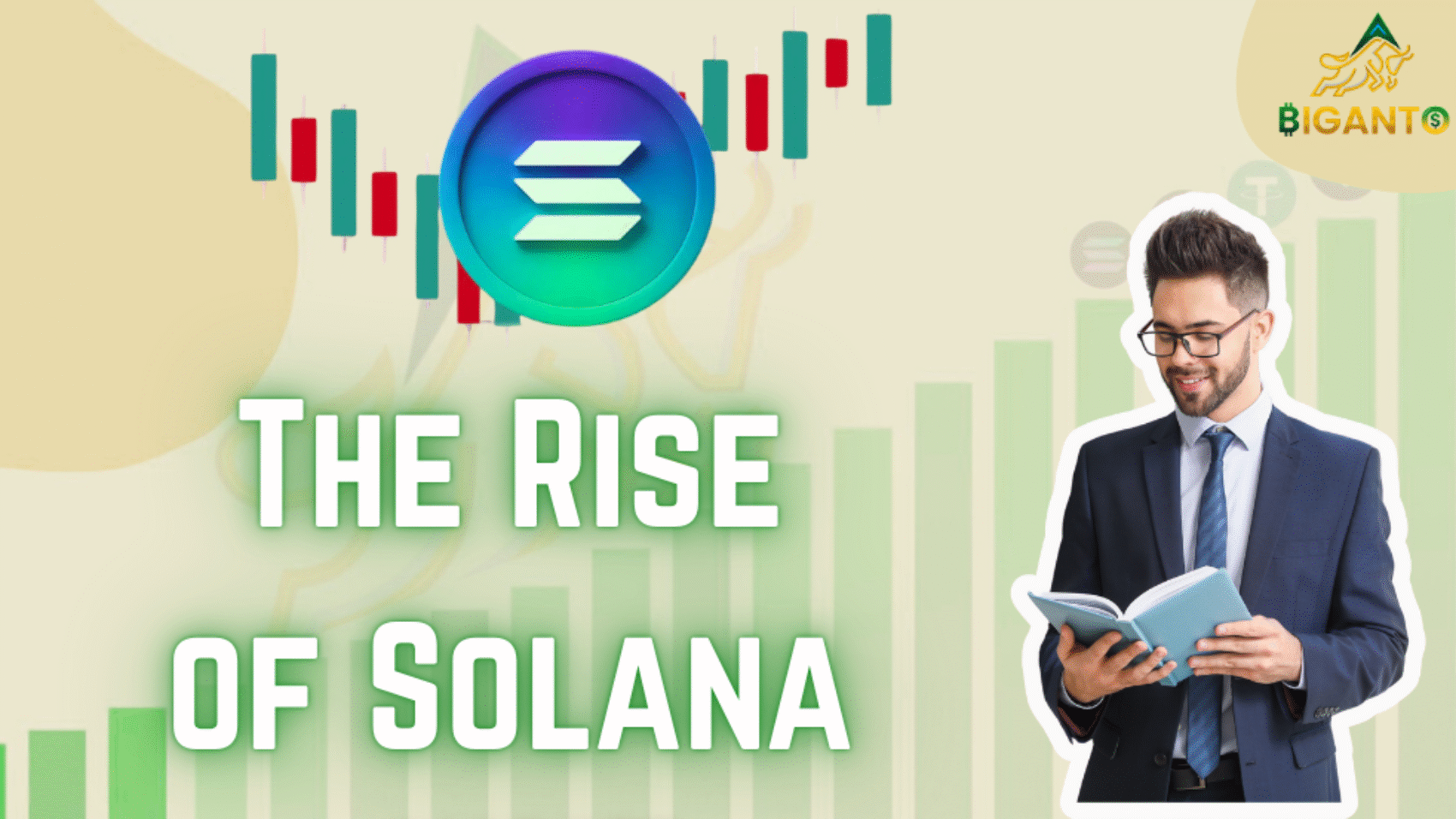What is Solana
Solana is a high-performance public blockchain platform that provides fast transaction speeds and low fees for developers and users, especially in comparison to some of the older public blockchains such as Ethereum. Launched in 2017 by Anatoly Yakovenko and his team, Solana was designed to overcome the limitations of older blockchains like Bitcoin and Ethereum, which often suffer from slow transaction speeds and high fees during peak usage. Solana stands out for its ability to process thousands of transactions per second (TPS) while maintaining low fees and strong security. This makes it an ideal foundation for decentralized applications (dApps), decentralized finance (DeFi) protocols, non-fungible tokens (NFTs), and other Web3 innovations. With its lightning-fast architecture and commitment to scalability without sacrificing decentralization, Solana has quickly become a go-to platform for developers and users seeking next-generation blockchain solutions.
History of Solana
The history of Solana begins in 2017, when Anatoly Yakovenko, a former engineer at Qualcomm, proposed a new concept called Proof of History (PoH)—a cryptographic clock that could help blockchains process transactions more efficiently and in order. At that time, existing blockchains like Ethereum dominated the decentralized application (dApp) and smart contract space but faced major limitations.
Ethereum, for instance, could handle only about 15 transactions per second (TPS), leading to network congestion, high gas fees, and slow processing times during periods of high demand. Additionally, many blockchains still relied on Proof of Work, which is energy-intensive and environmentally unsustainable.
Yakovenko, recognizing these issues, teamed up with engineers Greg Fitzgerald and Stephen Akridge to build a more scalable, cost-efficient, and eco-friendly blockchain. Together, they founded Solana Labs with the vision of solving these fundamental problems. Their approach was unique: combine Proof of History with a fast Proof of Stake (PoS) mechanism to create a blockchain capable of processing thousands of transactions per second, without sacrificing decentralization or security.
In March 2020, Solana’s mainnet beta was officially launched. It impressed the crypto world with its high speed, low fees, and developer-friendly environment—becoming especially popular during the explosive growth of DeFi and NFTs in 2020 and 2021. The network’s native token, SOL, skyrocketed in 2021 by nearly 12,000%, reaching a $75 billion market cap at its peak and ranking among the top cryptocurrencies globally.
Despite facing some challenges, including network outages, Solana’s ecosystem continued to expand with new projects, partnerships, and user adoption. As of 2024, Solana remains one of the most innovative and widely-used blockchains, driven by its original mission: to offer a faster, cheaper, and more scalable alternative to traditional blockchain networks.
Solana vs Ethereum
1. Smart Contracts
Both Solana and Ethereum support smart contracts, which are self-executing programs that run on the blockchain without the need for intermediaries. This technology is the backbone of applications like DeFi (decentralized finance), NFTs, blockchain-based games, and more.
While Ethereum was the first major blockchain to introduce smart contracts and has a well-established developer ecosystem, Solana also offers robust smart contract support, especially for apps needing high throughput and low fees.
2. Consensus Mechanism
Ethereum and Solana both operate using a Proof-of-Stake (PoS) consensus mechanism. In PoS, validators stake their cryptocurrency to secure the network and earn rewards.
However, Solana improves on this model by introducing Proof of History (PoH) — a unique system that timestamps transactions in advance, helping to speed up the validation process. This hybrid approach allows Solana to achieve much faster performance compared to traditional PoS systems like Ethereum’s.
3. Transaction Speed & Cost
A major reason for Solana’s rapid rise in popularity has been its superior transaction speed and lower costs. As of September 18, 2024, Solana was processing over 2,400 transactions per second (TPS), with an average cost per transaction of just $0.00026.
In contrast, Ethereum still handles fewer than 15 TPS, and the average transaction fee remains around $0.30, even after its upgrade to Ethereum 2.0. This makes Solana far more suitable for apps that need to process a high volume of small transactions quickly and affordably.
4. Scalability and Performance
Solana was built with scalability in mind from day one. Its architecture allows it to scale naturally as network usage grows, without needing additional layers or sharding.
Ethereum, on the other hand, relies heavily on Layer 2 solutions (like Arbitrum or Optimism) and future upgrades (like sharding) to improve scalability. While Ethereum remains more decentralized and battle-tested, Solana’s performance advantages make it highly attractive for developers looking to build fast and user-friendly applications.
How Does Solana Work?
At the core of Solana’s high-speed performance is its innovative system called Proof of History (PoH). Unlike traditional blockchains that require validators to agree on the timing and order of transactions in real time, PoH provides a cryptographic clock that automatically records the sequence and timestamp of events before they are added to the blockchain. This pre-ordering of transactions means nodes don’t have to communicate constantly to verify the timing, which greatly reduces the workload and increases the speed at which blocks can be created. PoH essentially creates a historical record that proves an event has occurred at a specific time, helping Solana process thousands of transactions every second efficiently.
In addition to PoH, Solana also uses Proof of Stake (PoS) as its consensus mechanism. In this system, validators are selected to confirm transactions and produce new blocks based on the amount of SOL tokens they have staked (locked up as collateral). The more tokens staked, the higher the chance of being selected, and in return, validators earn rewards. This PoS model ensures network security and decentralization, while the integration of PoH enhances speed and synchronization. Together, PoH and PoS allow Solana to maintain a fast, secure, and low-cost blockchain environment, making it an attractive platform for developers building scalable Web3 applications, DeFi protocols, and NFTs.
Use Cases of Solana
Solana’s high speed and low fees make it suitable for many applications:
1. NFTs and Gaming on Solana
Solana has quickly become a powerhouse in the world of NFTs, thanks to its ultra-fast transactions and minimal fees. Popular NFT marketplaces like Magic Eden and Tensor have driven massive trading volumes, making Solana a go-to blockchain for digital artists, collectors, and NFT enthusiasts who want a smooth and cost-efficient experience.
In the gaming space, Solana is also making waves. Mobile-first, tap-to-earn games such as SonicX have attracted millions of users by offering easy onboarding, seamless social features, and rewarding gameplay. The rise of the Solana Virtual Machine (SVM) — a Layer-2 network — has further empowered developers by providing scalable infrastructure for next-gen GameFi titles. As a result, Solana is not just a blockchain for finance but also a growing hub for interactive entertainment and digital ownership.
2. Decentralized Finance (DeFi) is one of the most transformative use cases in the blockchain world, and Solana has become a strong foundation for building such financial applications. DeFi platforms allow users to lend, borrow, trade, and earn interest on their crypto assets — all without relying on traditional banks or intermediaries. Instead, everything runs on smart contracts, making the process automated, transparent, and accessible to anyone with an internet connection.
What sets Solana apart in the DeFi space is its high-speed and low-cost transaction capability, which significantly improves the user experience. Unlike Ethereum, where users often pay high gas fees, Solana allows users to interact with DeFi protocols almost instantly and at a fraction of a cent per transaction. This efficiency makes it easier for developers to build more complex financial tools and for users to participate in yield farming, liquidity pools, and decentralized exchanges (DEXs) without worrying about high fees.
3. Understanding dApps and Web3 Applications Web3 is often described as the next generation of the internet — one that is built on blockchain technology. Unlike traditional web apps that rely on centralized servers and companies, Web3 applications run on decentralized networks and give users greater control over their data, digital identity, and assets. These apps can include anything from decentralized finance platforms and NFT marketplaces to games, social networks, and creator tools. Users typically access Web3 apps using crypto wallets, like Phantom or MetaMask, which act as their login and payment tool in the decentralized world.
dApps are a more specific subset of Web3 applications. While all dApps are Web3 apps, not every Web3 app qualifies as a dApp. What makes dApps unique is their decentralized structure — they operate on smart contracts and are often governed by their user community rather than a single organization. This governance is frequently handled through Decentralized Autonomous Organizations (DAOs), where token holders can vote on important updates and decisions. dApps remove the need for a central authority, giving users a direct say in how the platform runs, making them a core part of the blockchain revolution.
Unlocking the Power of SOL: Solana’s Native Cryptocurrency
At the core of the Solana network is SOL, the native cryptocurrency that fuels every activity on the blockchain. But SOL isn’t just another digital token — it’s what keeps the entire ecosystem running smoothly. Whether it’s paying for transaction fees, staking to help secure the network, or participating in governance proposals, SOL plays an essential role in maintaining the integrity and growth of the Solana blockchain.
Holders of SOL can also earn rewards by delegating their tokens to validators, contributing to network security while generating passive income. As more developers build on Solana and more users join the ecosystem, SOL’s importance continues to grow — not just as a currency, but as a foundational piece of a larger decentralized future.
Final Thoughts: The Future of Solana
Solana has already proven itself as a powerful force in the blockchain world — offering speed, scalability, and innovation where other networks fall short. As the Web3 space evolves, Solana is well-positioned to support the next generation of dApps, DeFi platforms, NFT ecosystems, and blockchain-based games.
With a strong developer community, active users, and continuous technological improvements, Solana isn’t just surviving — it’s shaping the future of decentralized technology.

